In this feature Tony Kirkham, head of arboretum at Royal Botanic Gardens, Kew gives his advice on choosing the right tree for front gardens, looking in detail at the bark, foliage and fruit of each variety.
He says, 'Over the past few decades, trees have been disappearing from the UK's front gardens. More and more people are now removing plants and paving over their lawns in order to create or extend driveways for the ever-growing fleets of family cars.
The average suburban front garden now has considerably less space for planting, which not only means we are creating very barren, boring hard landscapes, but also means we have far fewer plants and trees, in particular, capable of taking up rainwater'.
Trees provide privacy and a sense of enclosure, absorbing noise pollution and helps to keep the house and driveway cool in the summer months. When considering a tree for your front garden, Tony suggests that it needs to tick lots of different boxes, 'Firstly, it should be hard working and provide as many high-value horticultural attributes through the seasons as possible.
Size also matters, and when mature your tree should not outgrow the potentially small planting space. Its roots should be non-invasive so that ultimately they won't damage your house's foundations or push up the block paving; and once the tree reaches maturity, its branches shouldn't encroach on your neighbours space'.
So what are Tony's choices of trees for front gardens? Here are some his favourites.
1
Koelreuteria paniculata
I first saw this tree in 2003, growing wild in a dry river valley in Sichuan, China, and was deeply impressed by the profuse number of large, terminal yellow flowers it was bearing. These flowers turn into large, panicles of dry, bladder-like fruits, each containing a hard seed.
Known as the golden rain tree, it’s a drought-tolerant species that can be grown either as a small, multi-stemmed tree or on a single trunk. It will develop a perfectly rounded crown, and the pinnate leaves, which are bronze when they first appear, turn to green and eventually yellow in the autumn.
Height (H) 5-17m. Crown spread (S) 10m. USDA 6b†.

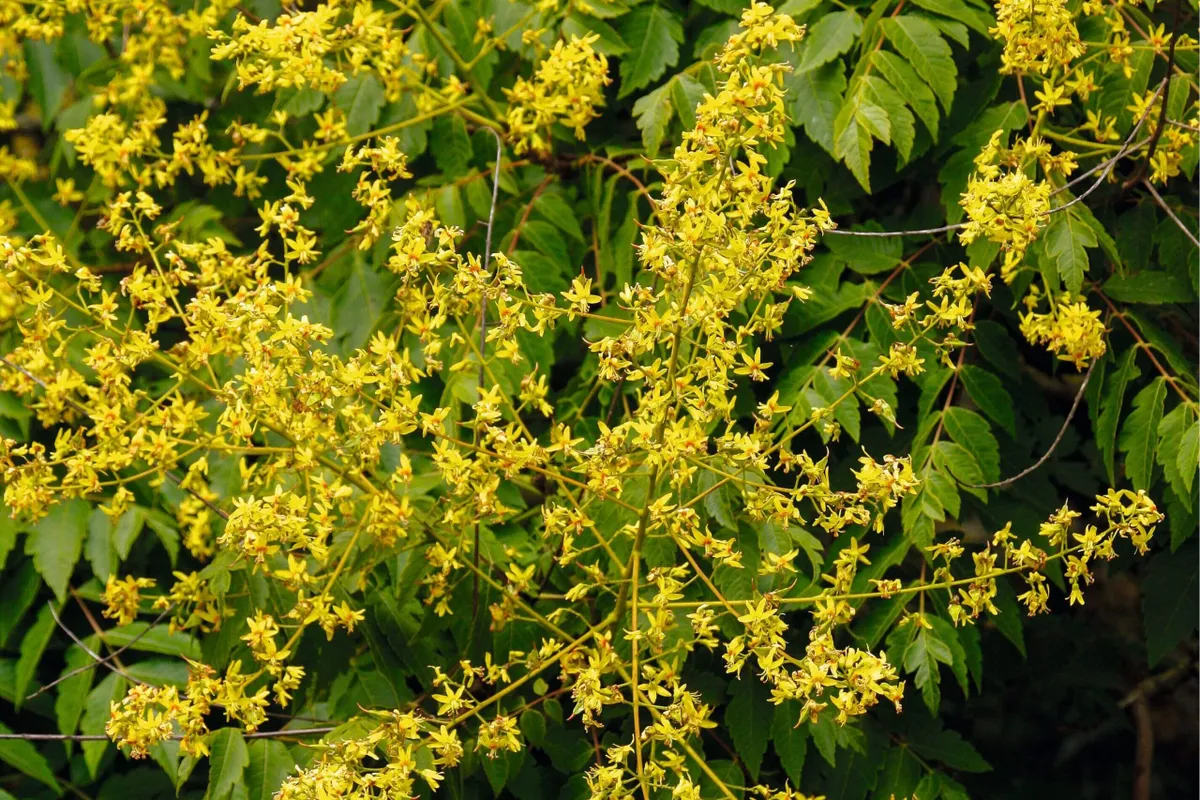
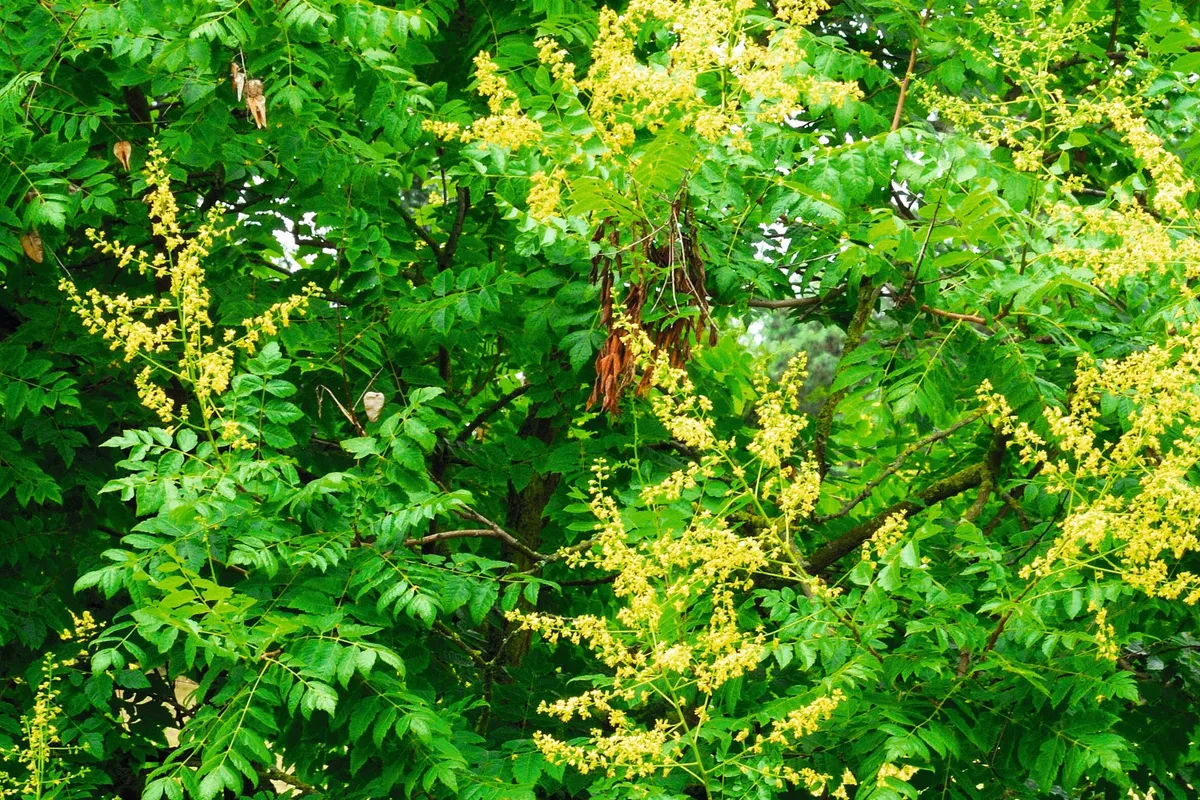
2
Acer capillipes
Introduced from Japan in 1892 by Charles Sprague Sargent, the first director of Harvard University’s Arnold Arboretum, this is one of the most beautiful snake bark maples, with a vase-shaped crown and red-tipped branches that hang down with a weeping effect to furnish the lower canopy.
Its small, long-pointed, green leaves are attached to the stems by a bright-red petiole. In autumn the leaves turn a spectacular orange-red, highlighting the long, green pendant samara fruits. Grow it on a short trunk to best show off its main attribute, the grey-white striped bark.
H 5-8m. S 4-8m. USDA 6a.
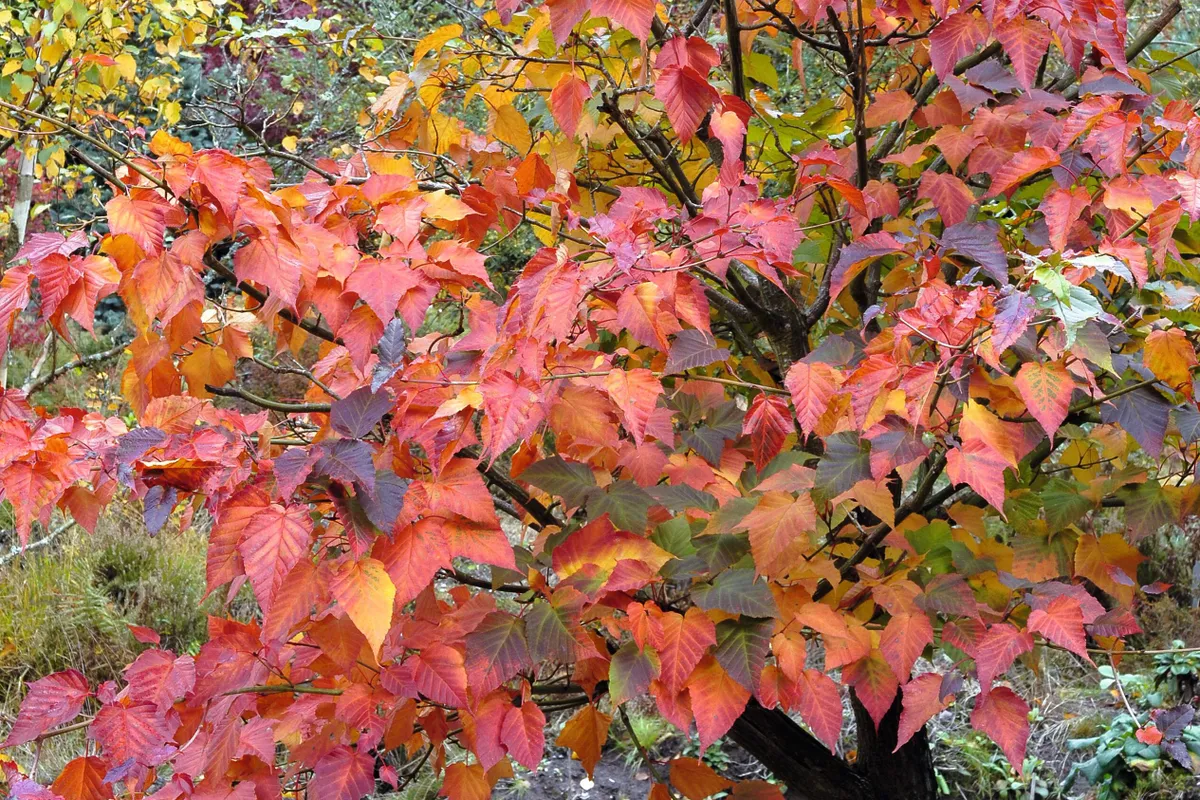
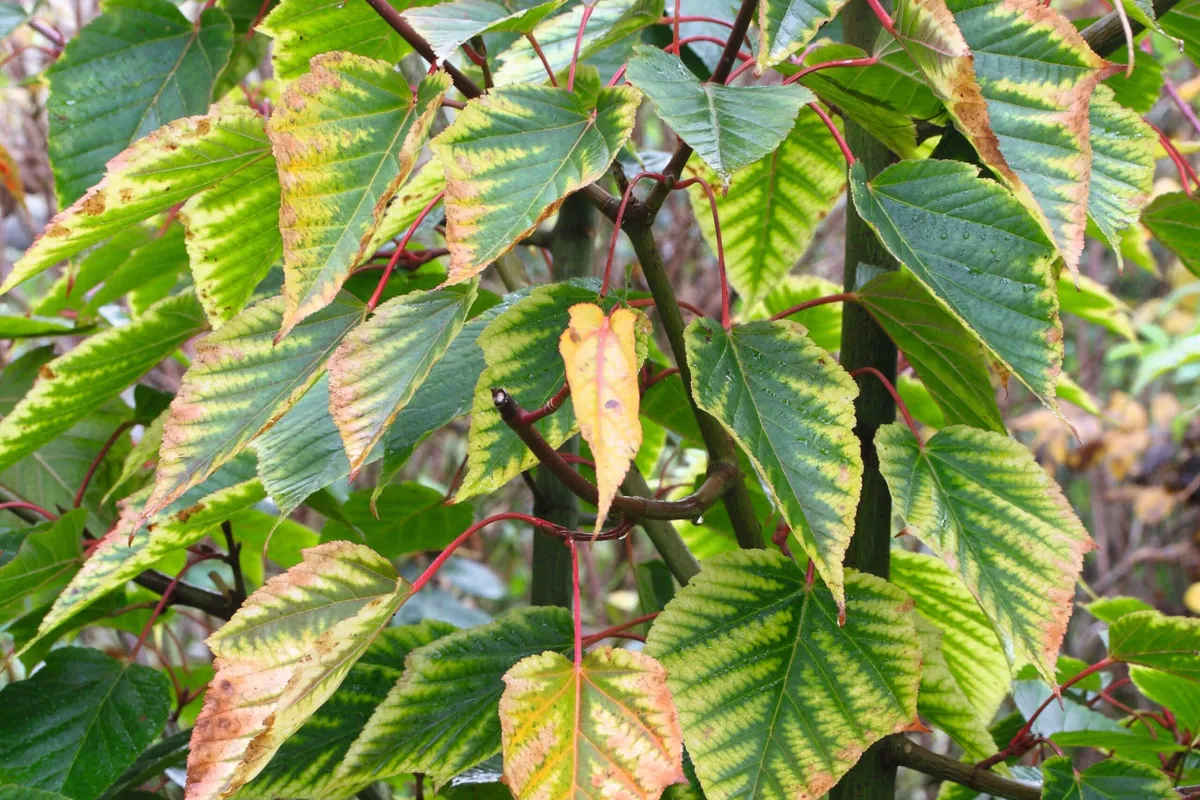
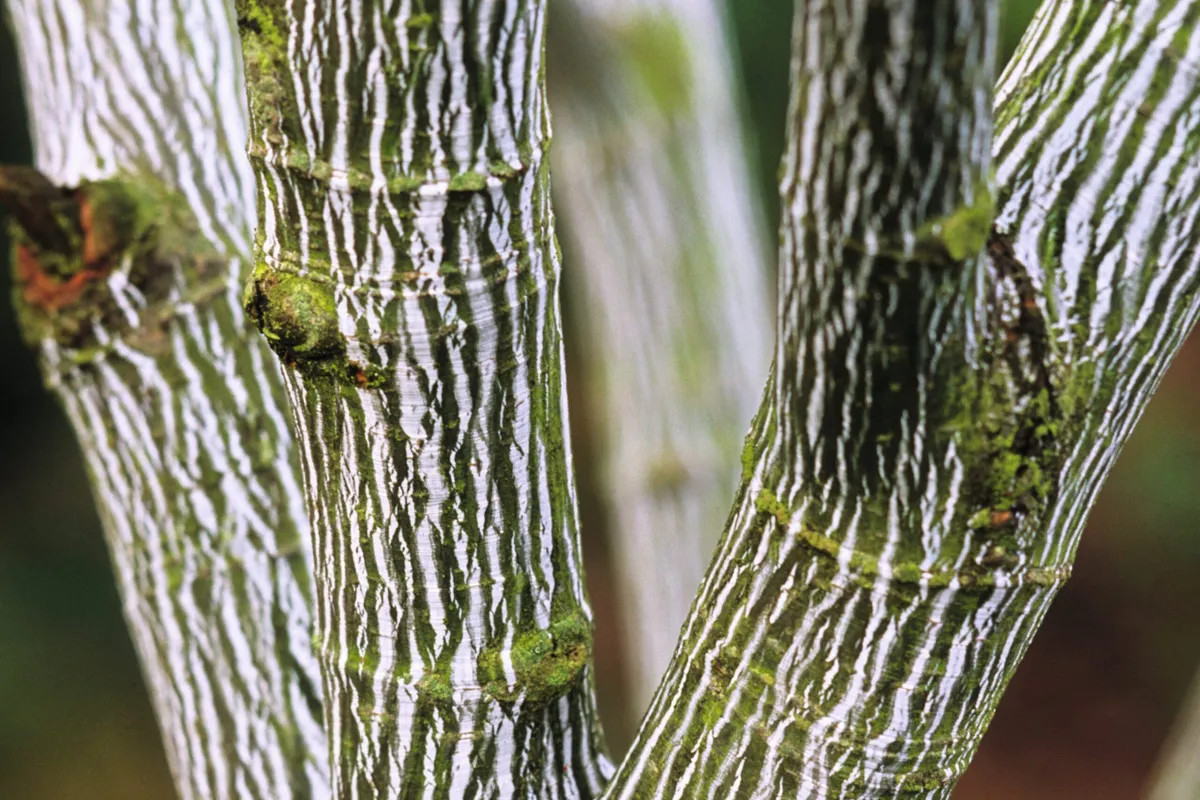
3
Stewartia pseudocamellia
Another hard-working tree with a broad, vase-shaped habit and sparse, thin branches. The small, neatly serrated leaves turn into a rich palette of colours in autumn – ranging from yellows to reds and even purples.
The trunk has extremely decorative, flaking bark that is made up of many differing shades, and I’d list it among my top five of best trees for bark effect.
In midsummer the primrose-yellow stamens are highlighted against the virgin white petals of the flowers, which appear on the tips of the branches, and convert to a brown, dry and woody capsuled fruit.
H 6-12m. S 7-9m. USDA 6a.
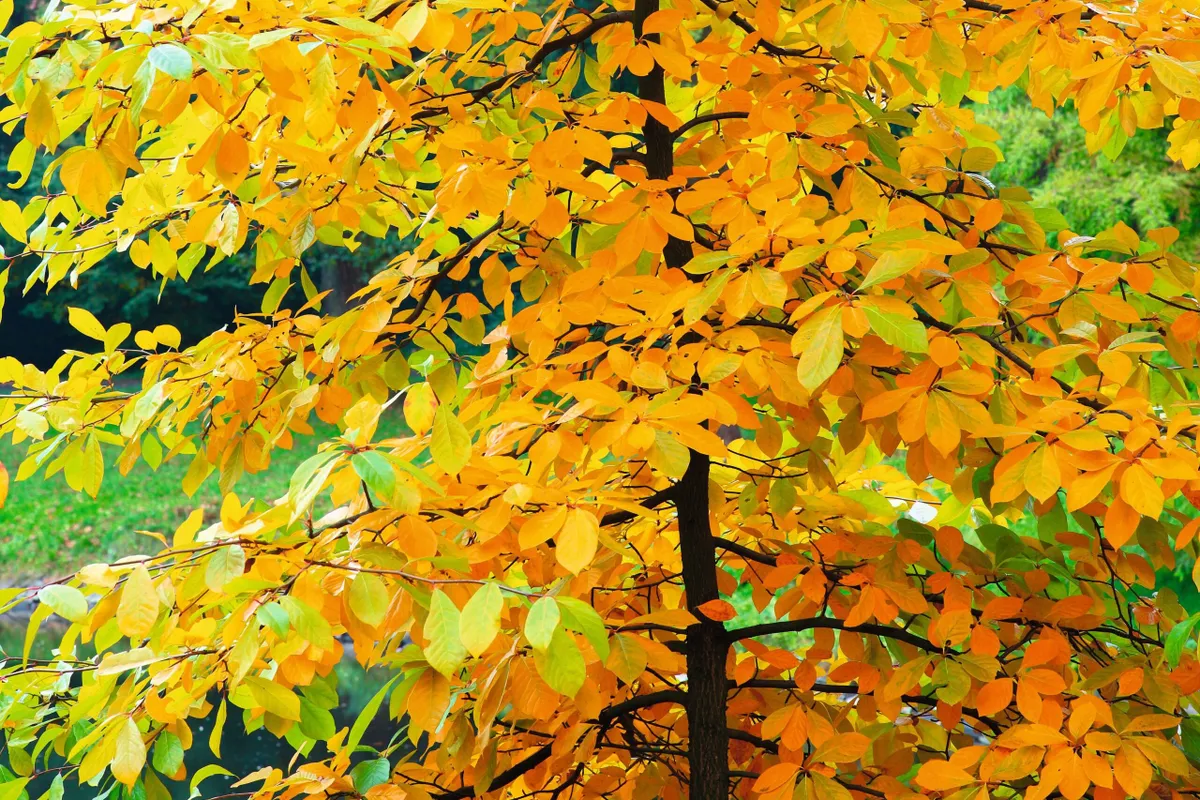
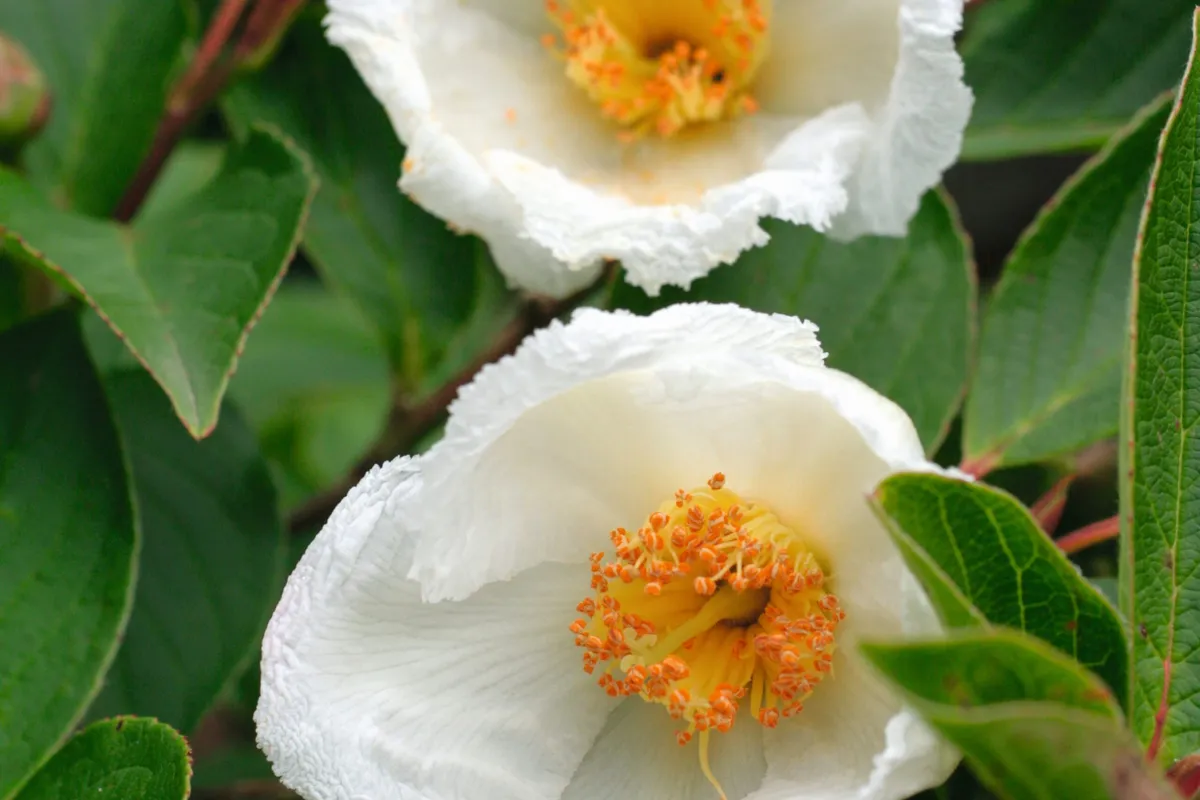
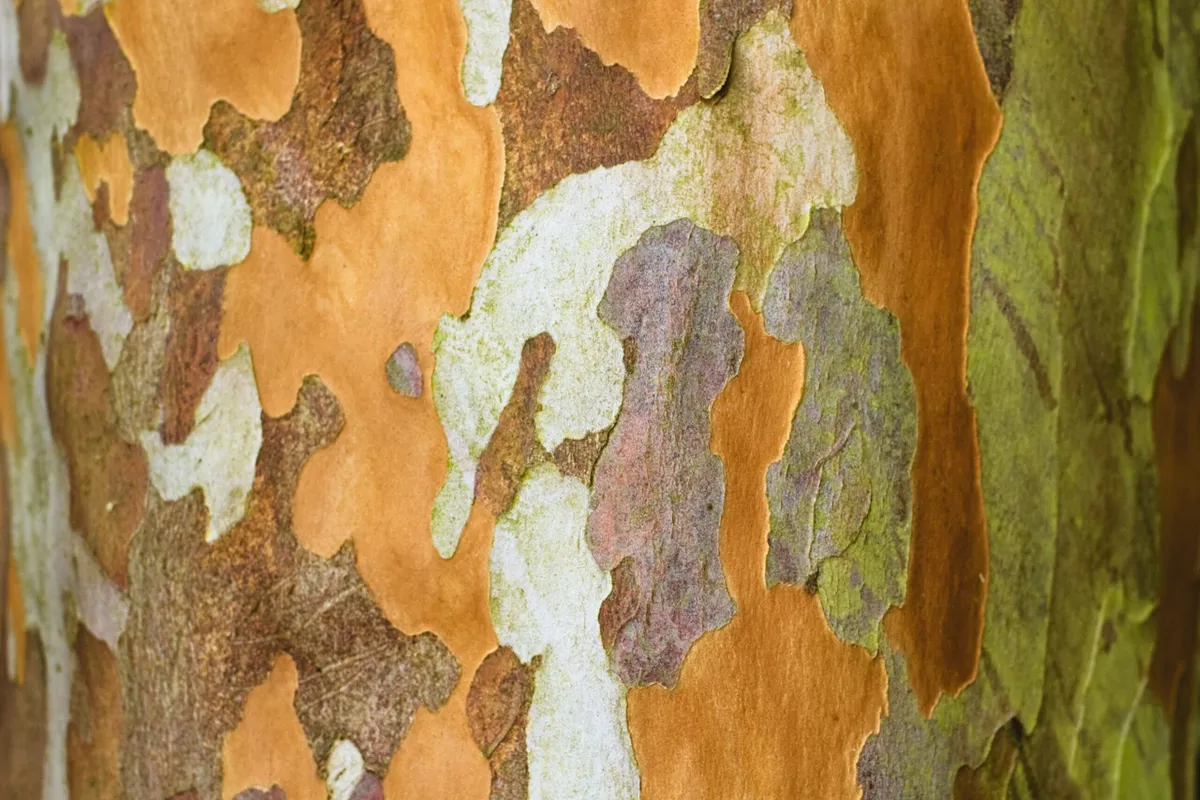
4
Styrax obassia
I love this small-to-medium-sized tree, especially when it flowers in early summer.With sufficient space and shelter, and with some light shade and rich soil, it will grow to eight metres and produce a broad but even, oval-shaped crown.
Originally from Japan, it has a smooth grey-barked trunk and attractive oval leaves, but the real horticultural highlight of this tree is the mass of highly fragrant, bell-shaped, white flowers that appear in late spring and hang in long chains through the rounded, plate-like leaves. The flowers are highly attractive to bees and are followed by a chain of hard, round fruits.
H 8m. S 4-8m. USDA 6b.
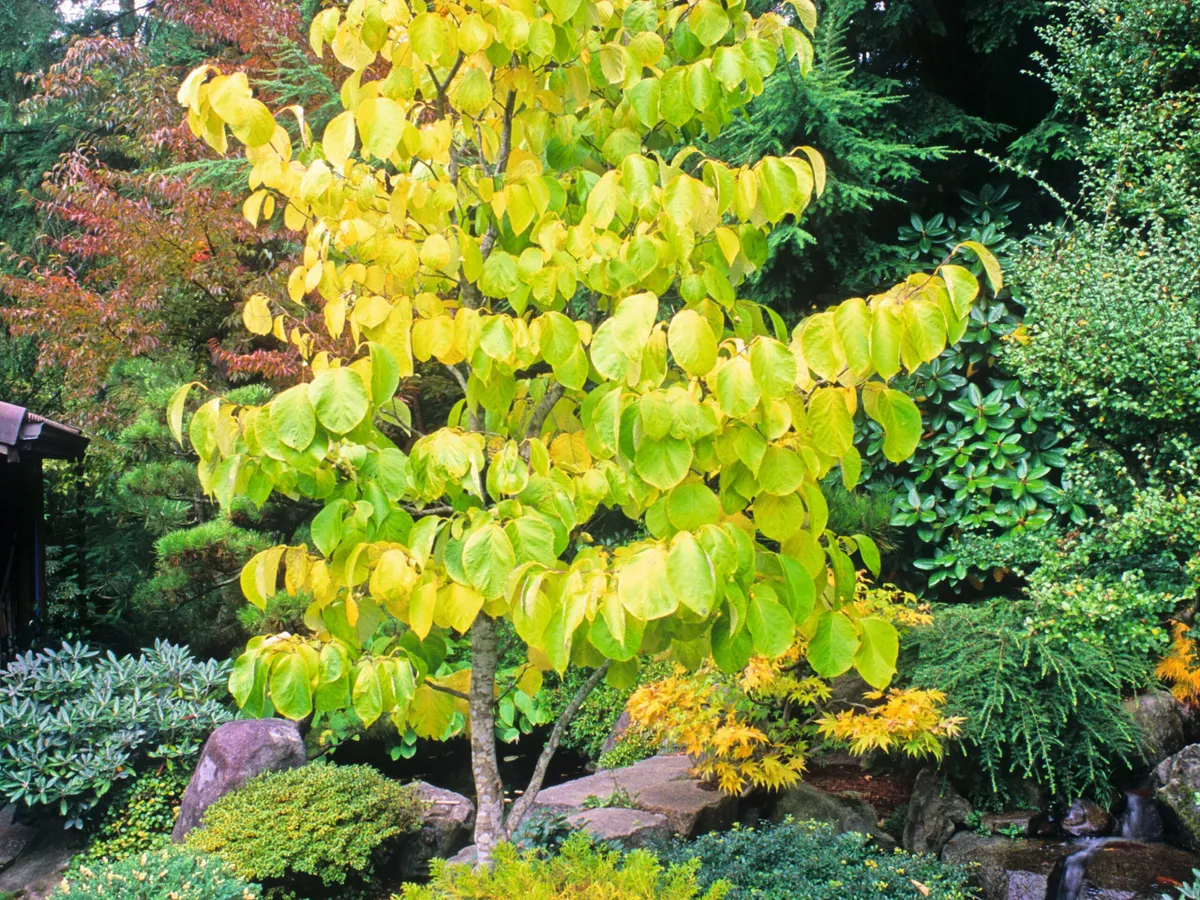
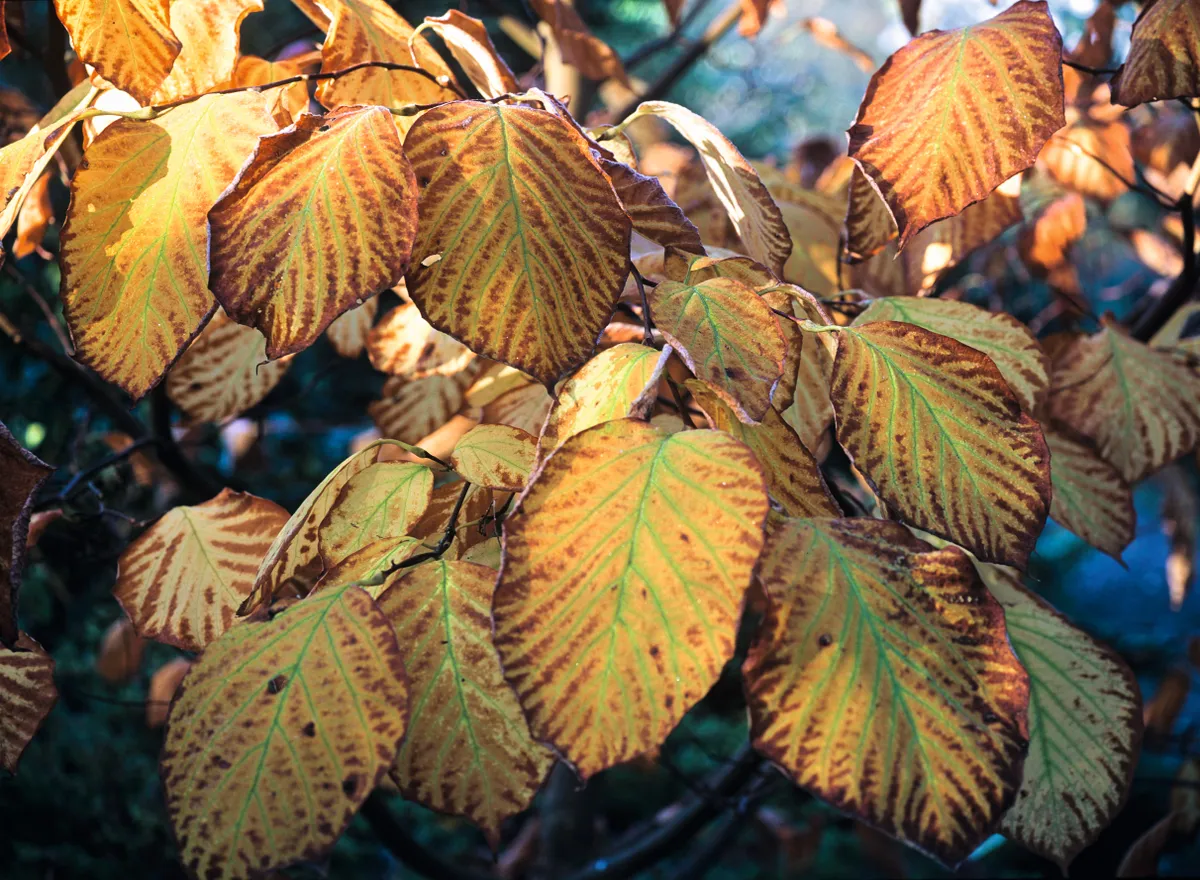
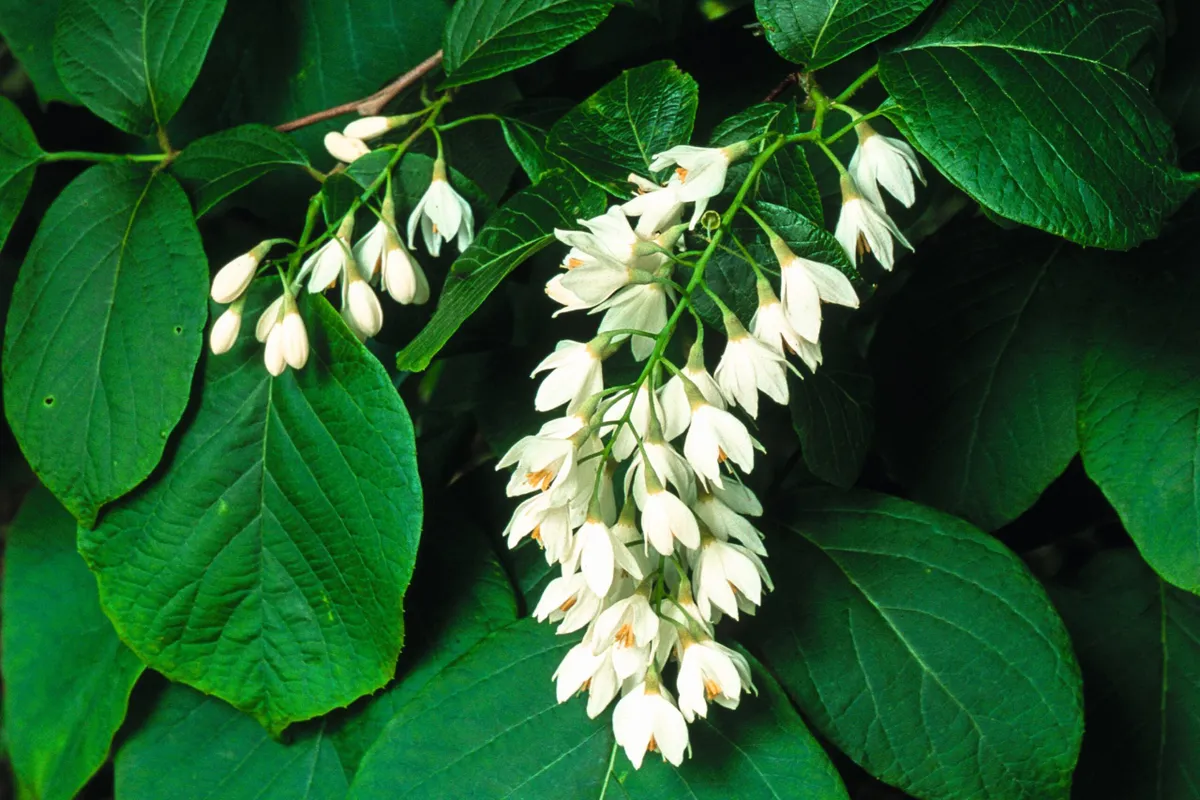
5
Sorbus alnifolia
I collected seed from this tree in South Korea in 1989 and it is now growing well in the arboretum at Kew, making an upright tree with a pyramidal-shaped crown. In time the canopy becomes wider and spreading, while the main branching still retains an upright habit.
It has small leaves with heavily pronounced veins that are the backdrop for the delicate white flowers. The leaves turn a golden yellow in autumn when the clusters of bright-red fruits are seen, remaining on the tree long after the leaves have fallen.
There is a good form called ‘Skyline’ which has a more upright, columnar habit. H 10m. S 8m. USDA 5a.
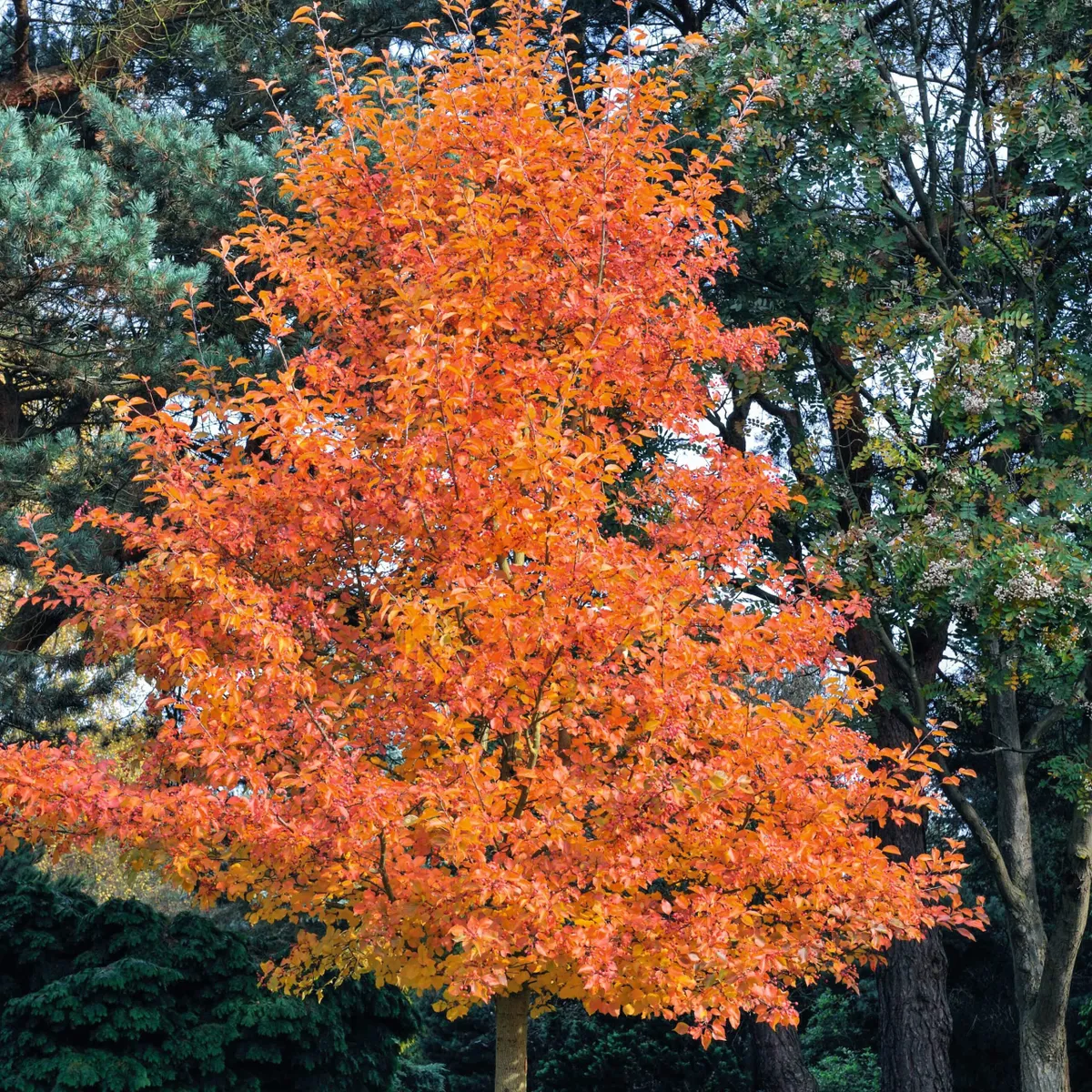
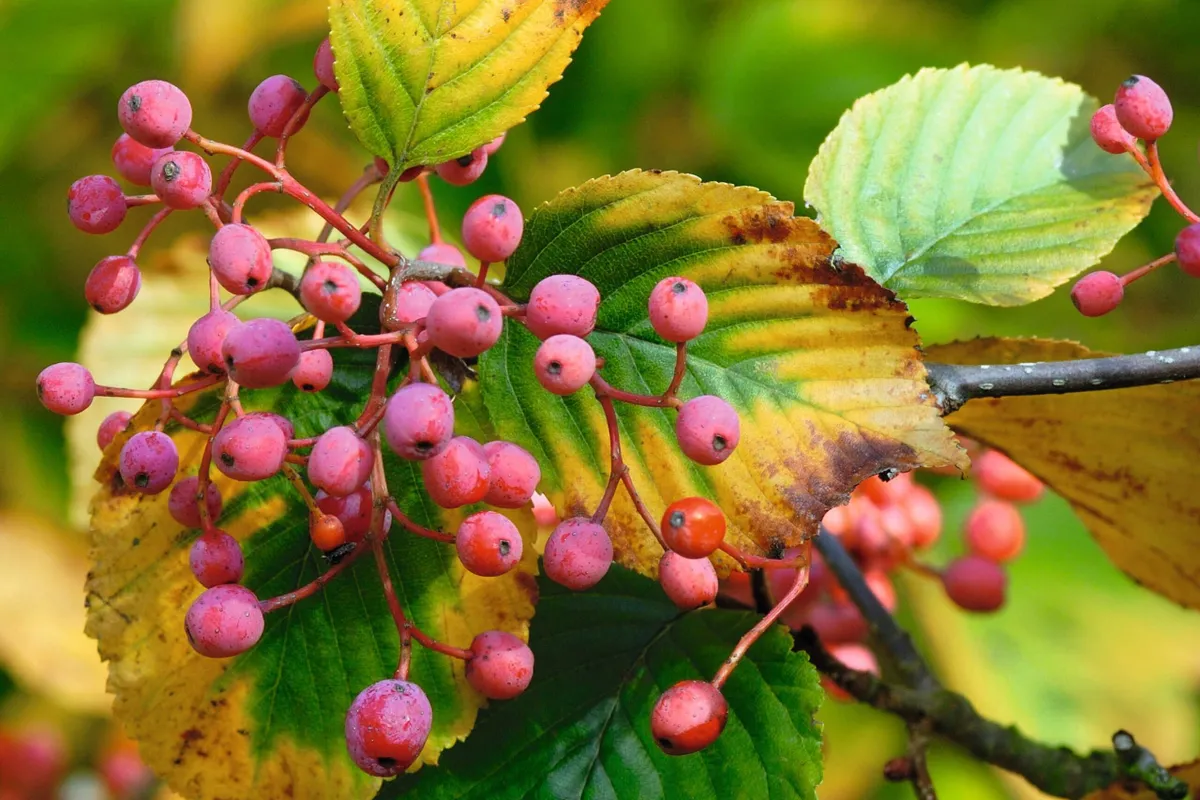
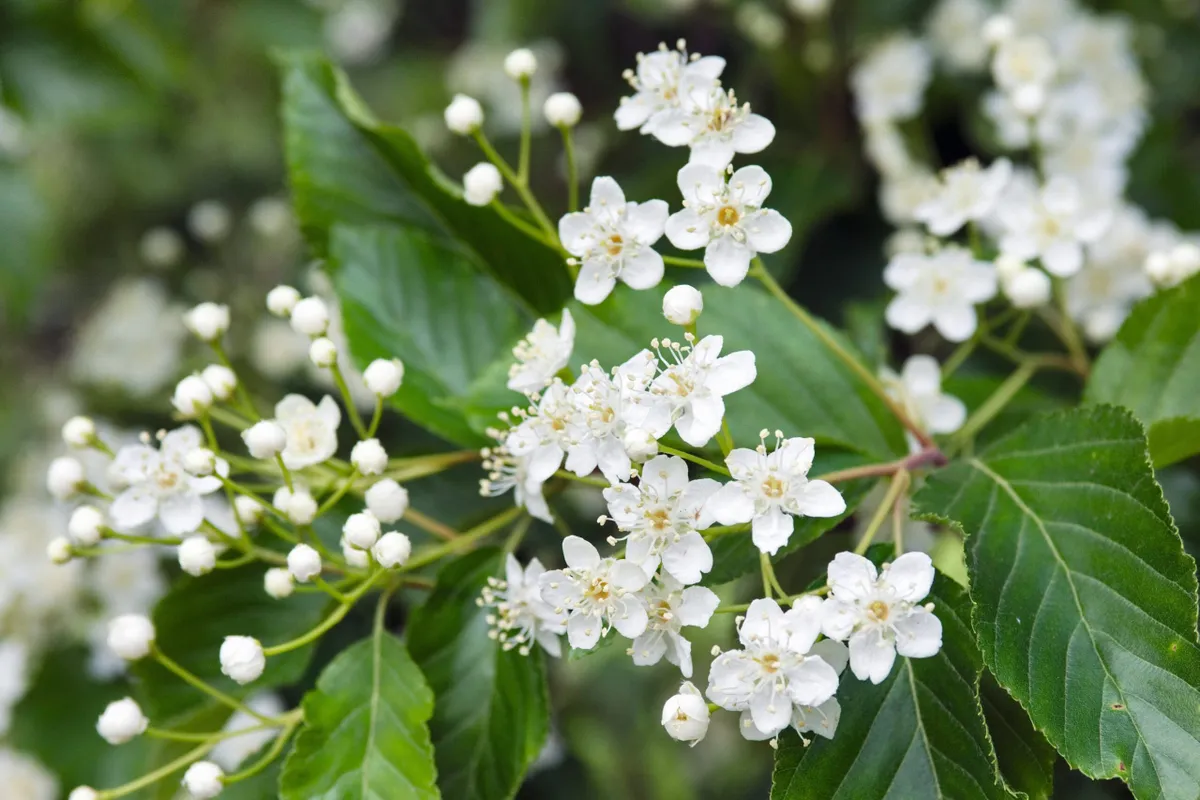
6
Cornus mas
The misleadingly named Cornelian cherry, is actually a dogwood from central and southern Europe. Its unusual golden-yellow flowers are produced in small clusters over the entire tree in early spring before the foliage appears. The flowers are followed by small, cherry-like fruits that are edible but very sour so best used for making jam.
It can be grown as a standard tree on a single, straight trunk which shows off the flaking, grey-brown bark and tight branching habit, or as a large bushy shrub with branches from ground level. The cultivar ‘Hillier’s Upright’ has a more broadly upright crown, ideal for small spaces. H 2-4m. S 2-4m. RHS H6, USDA 5a.
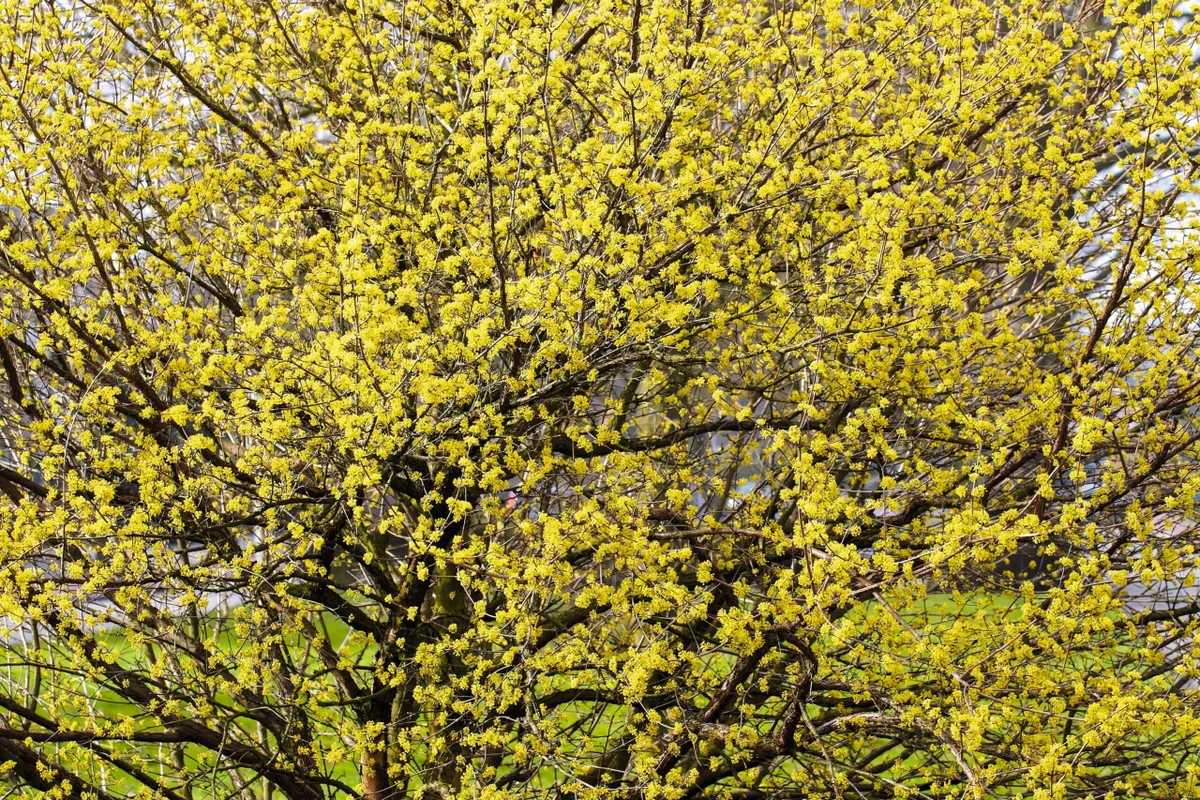
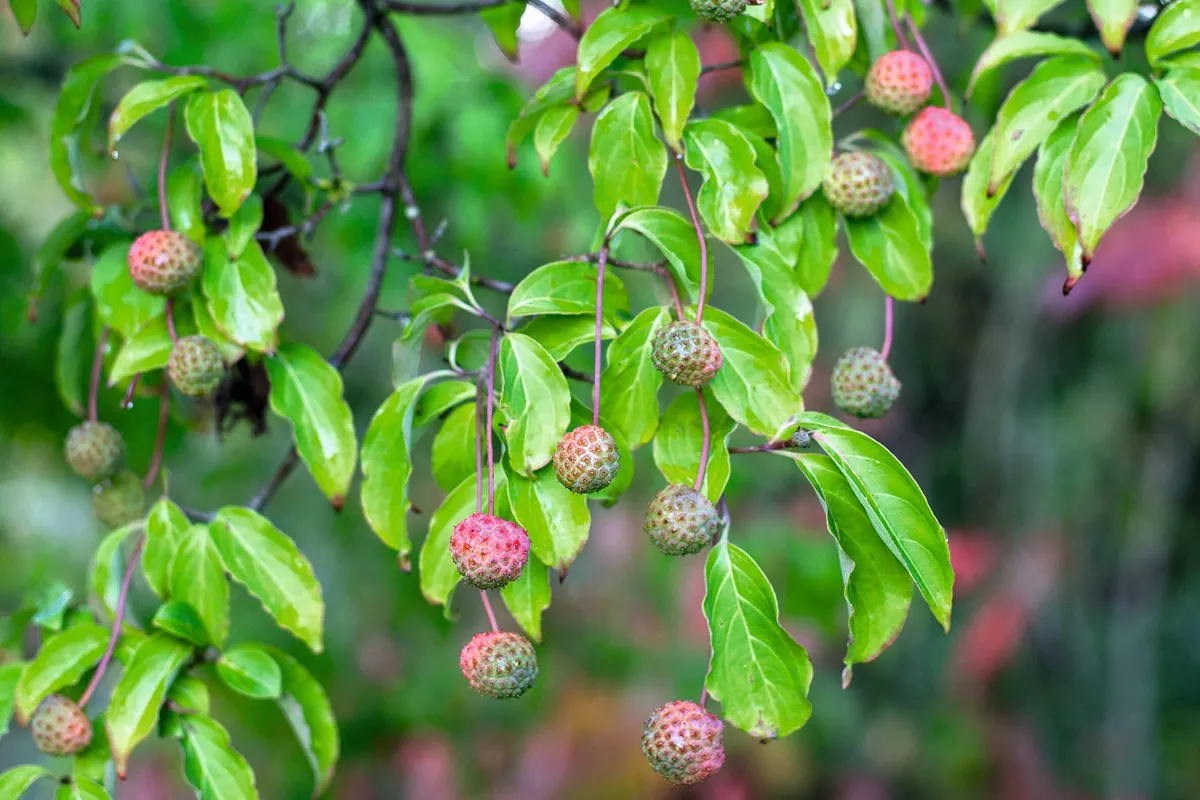
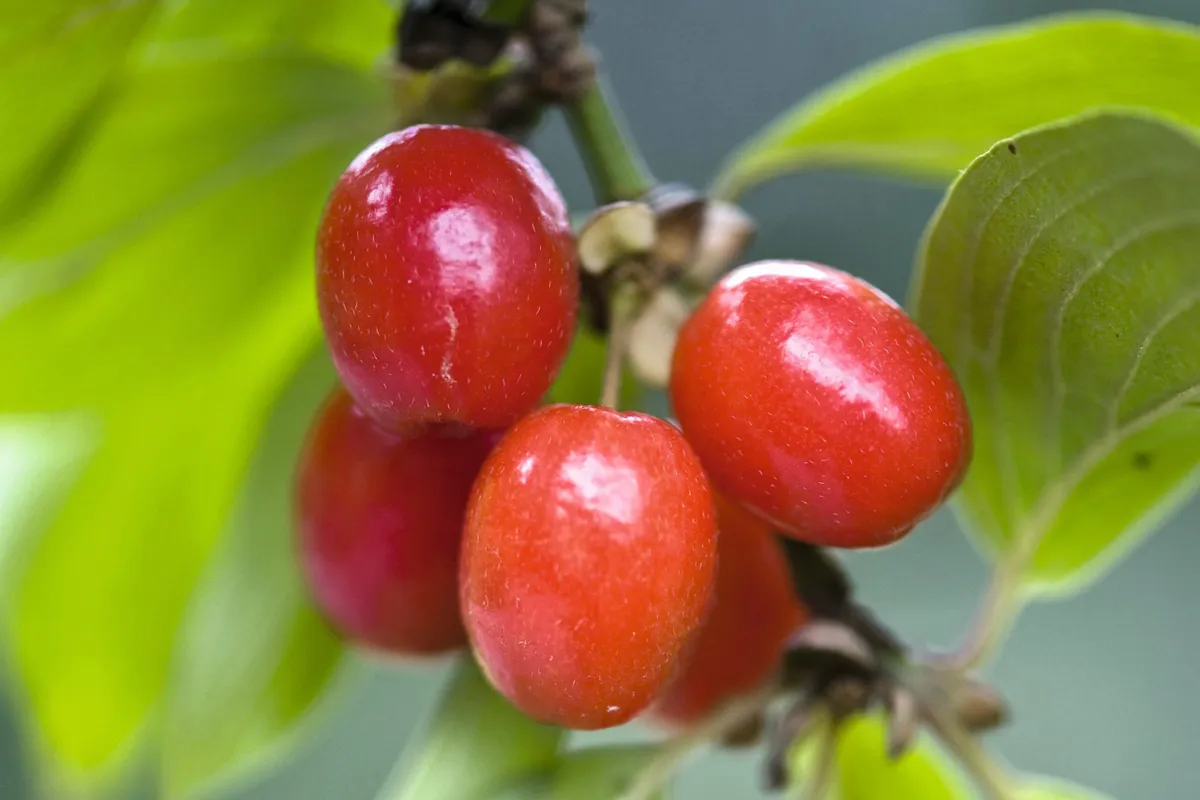
7
Malus trilobata
This crab apple, which originates in countries of the southeastern Mediterranean, is one I would love to see planted more often in gardens, because the overall size and shape of the canopy.
With a rocket-like pyramidal habit and erect branching reaching 6 to 8 metres high when mature, it is perfect for the front garden. The lobed leaves are relatively small and green, turning a rich, deep red in autumn.
In early summer, the flowers are large and cream but the tree needs some summer heat to develop into the small yellow-red fruits which remain on the tree until after the leaves have fallen. H 6-8m. S 2.5m. USDA 6.
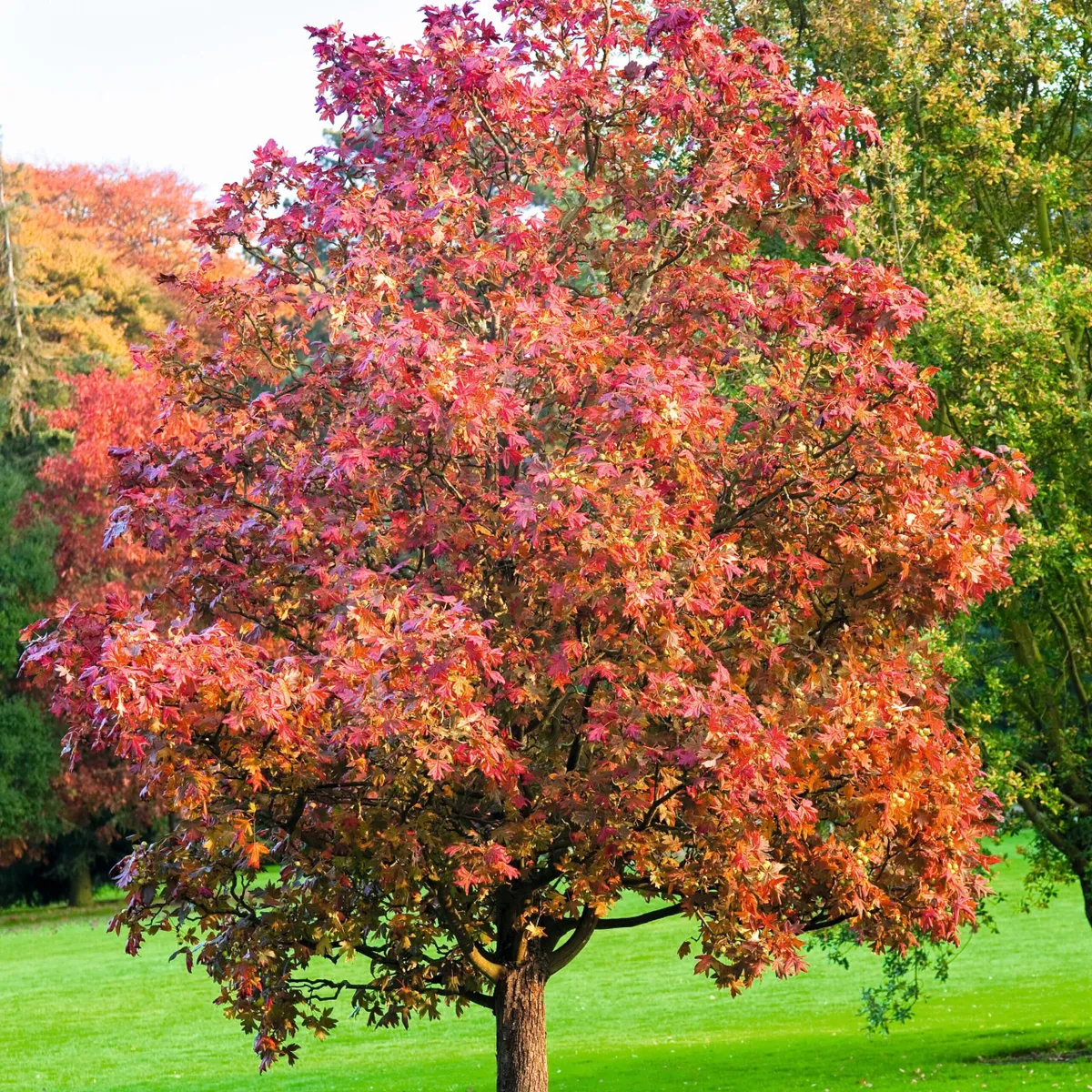
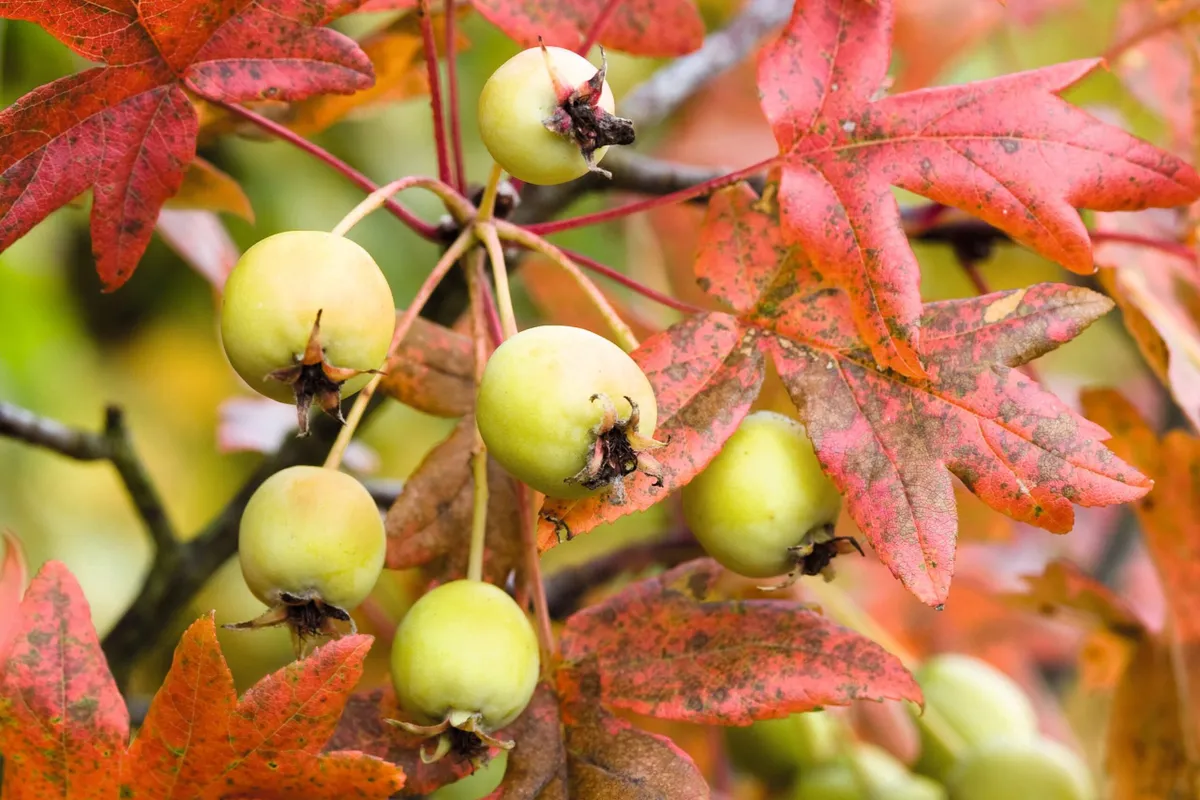
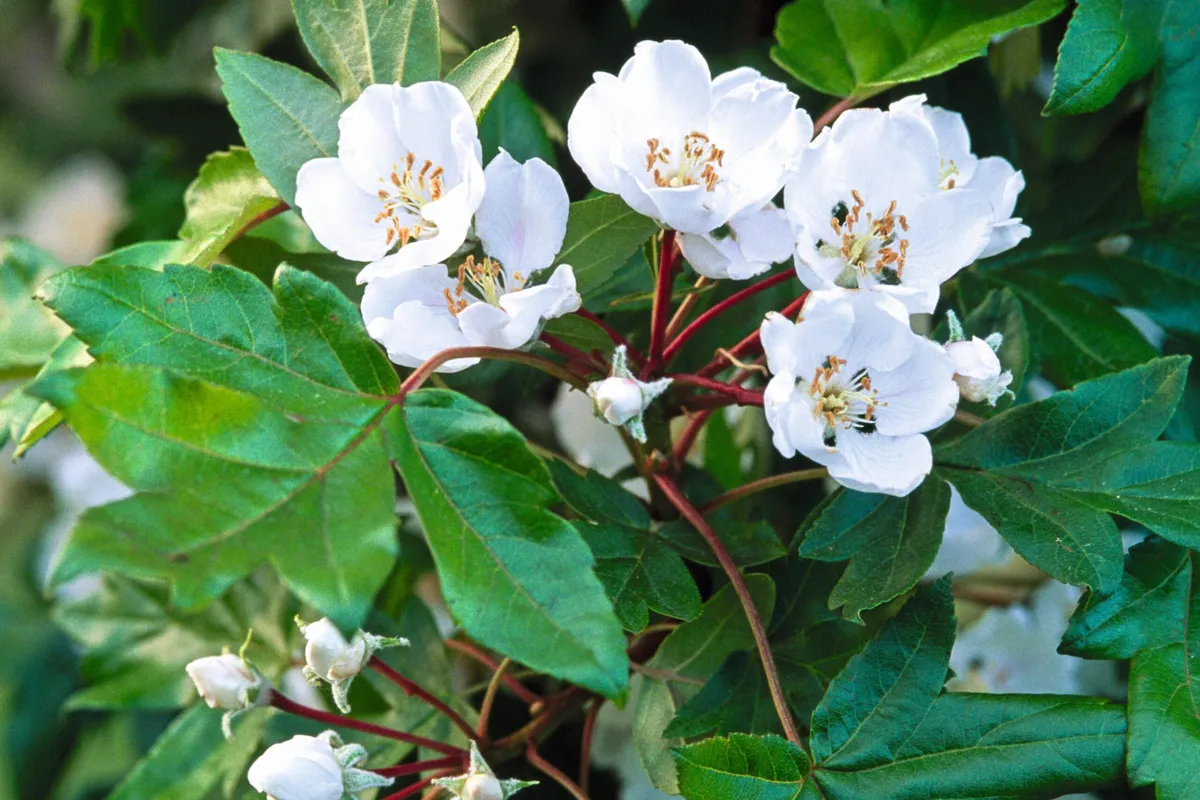
Where to buy
- Barcham Trees Tel 01353 720 950, barcham.co.uk
- Bluebell Nursery Tel 01530 413 700, bluebellnursery.com
- Burncoose Nurseries Tel 01209 860316, burncoose.co.uk
- Deepdale Trees Tel 0176 7262636, deepdale-trees.co.uk
- Hillier Garden Centres Tel 01794 368407, hillieronline.co.uk
- Majestic Trees Tel 01582 843881, majestictrees.co.uk
- Mallet Court Nursery Tel 01823 481493, malletcourt.co.uk
- Tendercare Tel 01895 835544, tendercare.co.uk
- Thornhayes Nursery Tel 01884 266746, thornhayes-nursery.co.uk
Words Tony Kirkham, head of arboretum, Royal Botanic Gardens, Kew